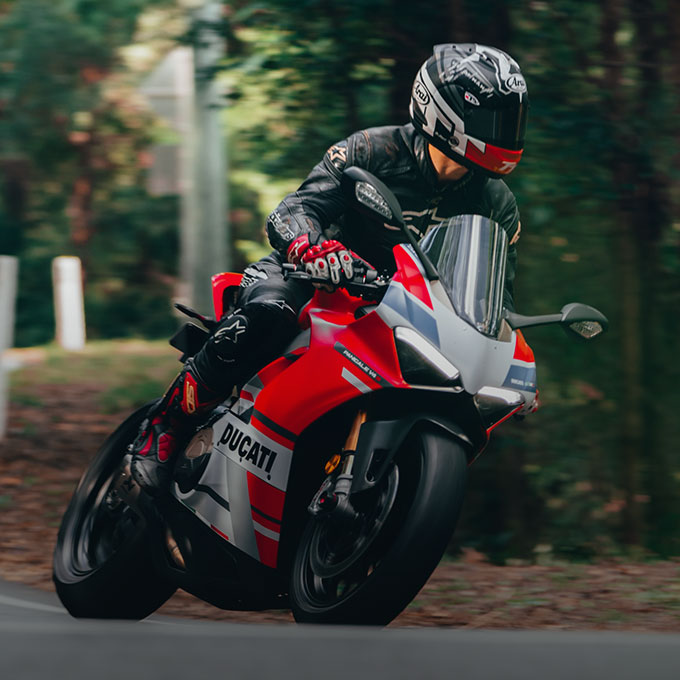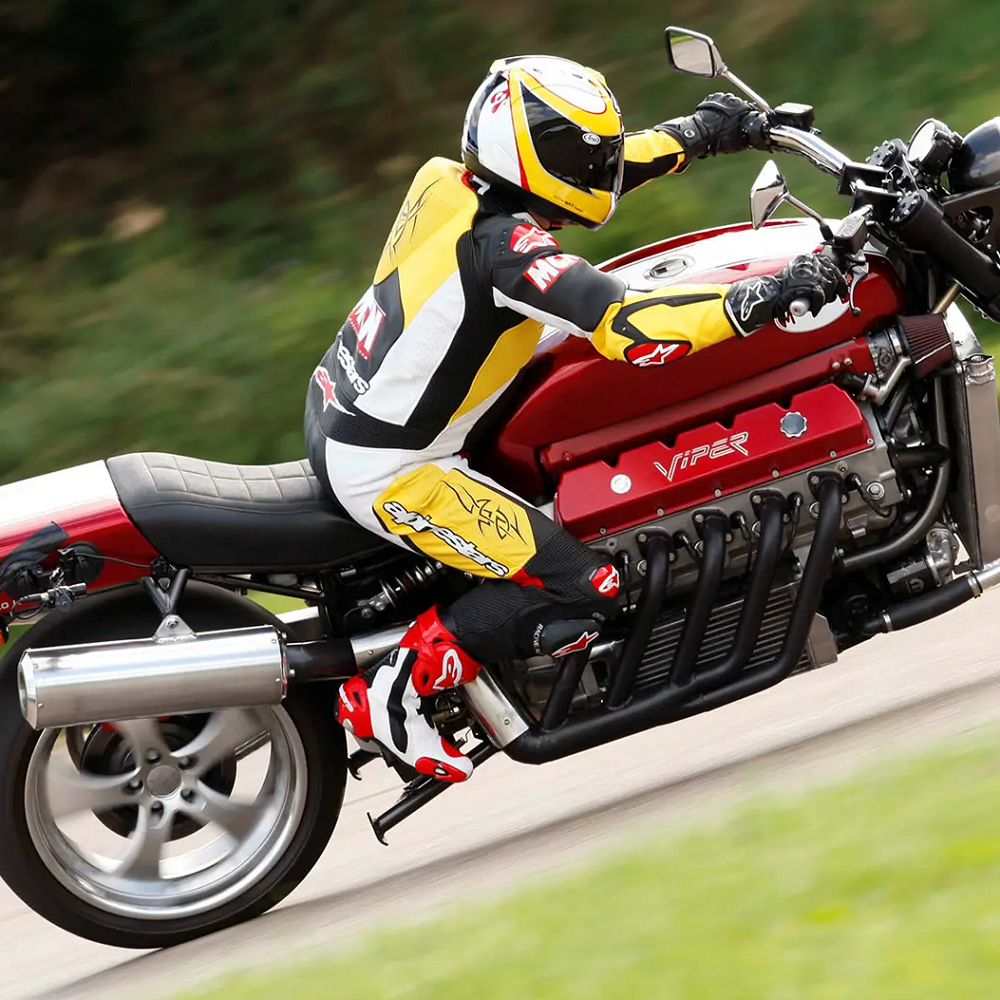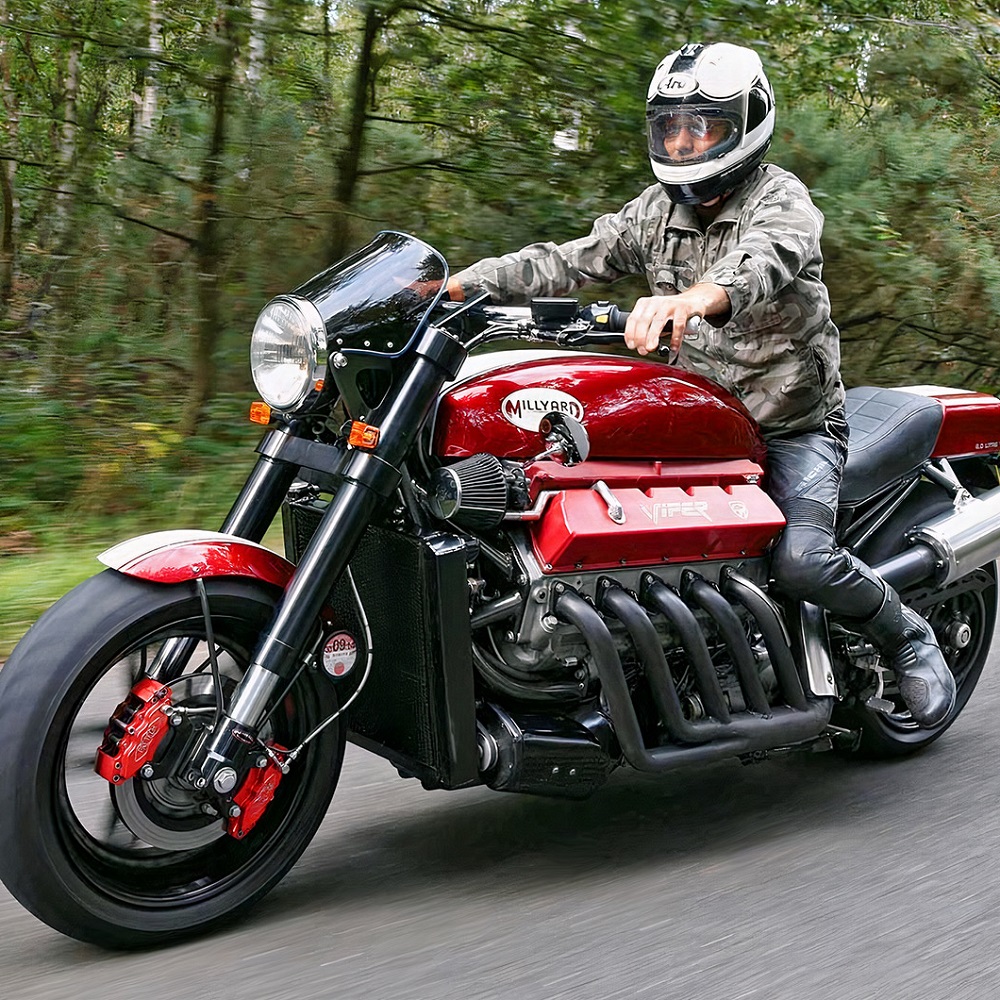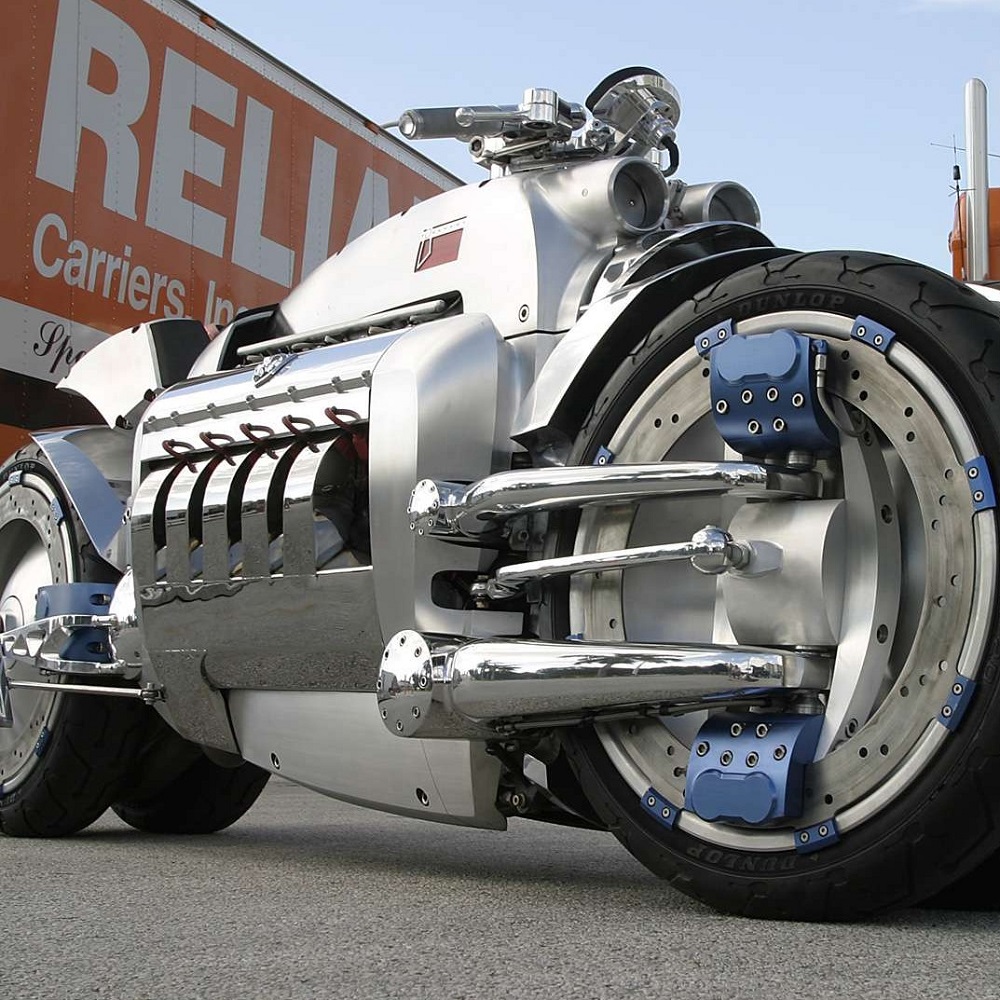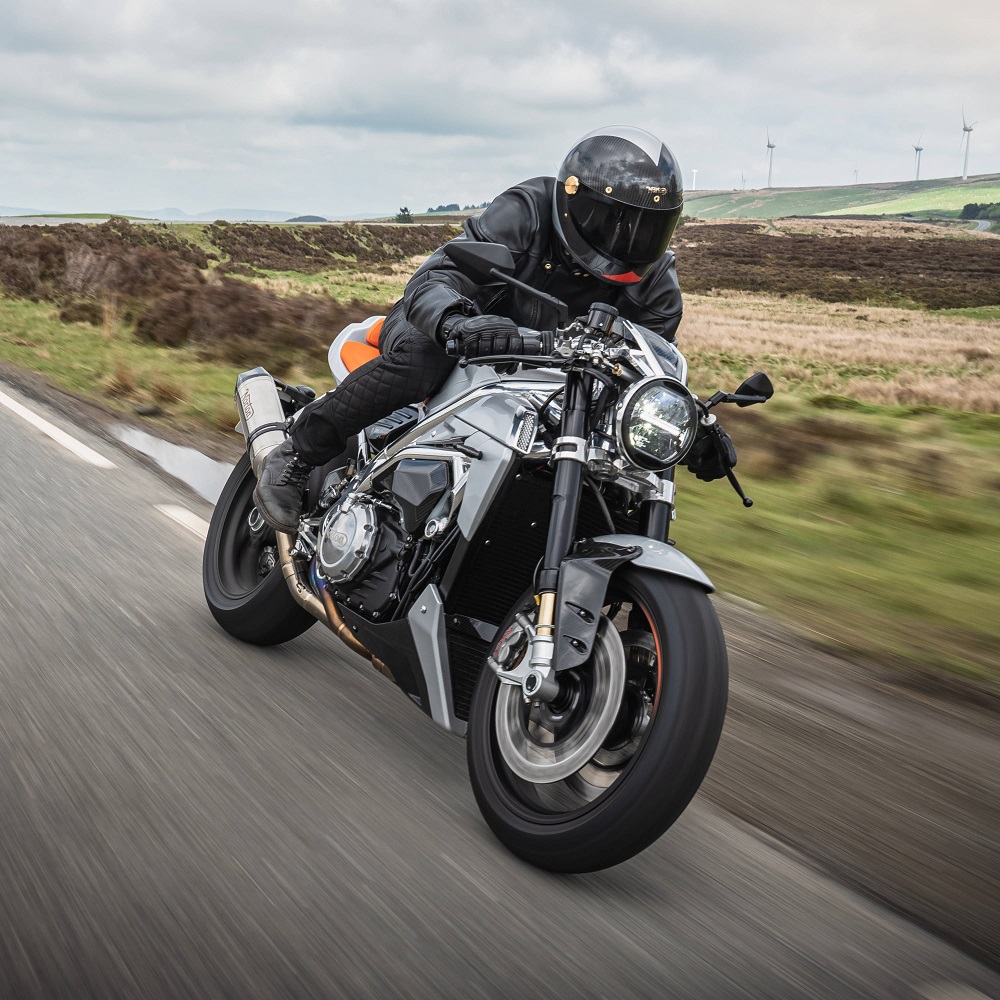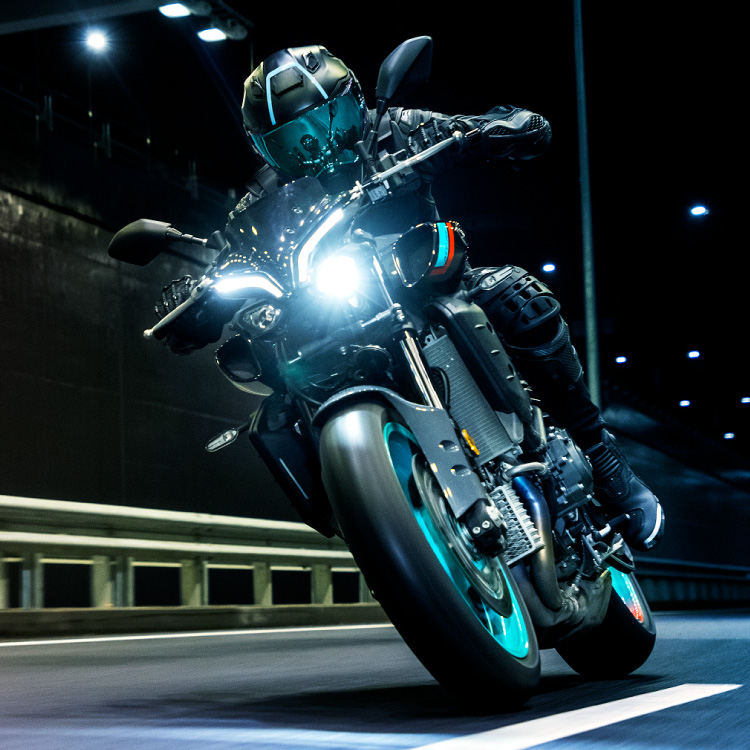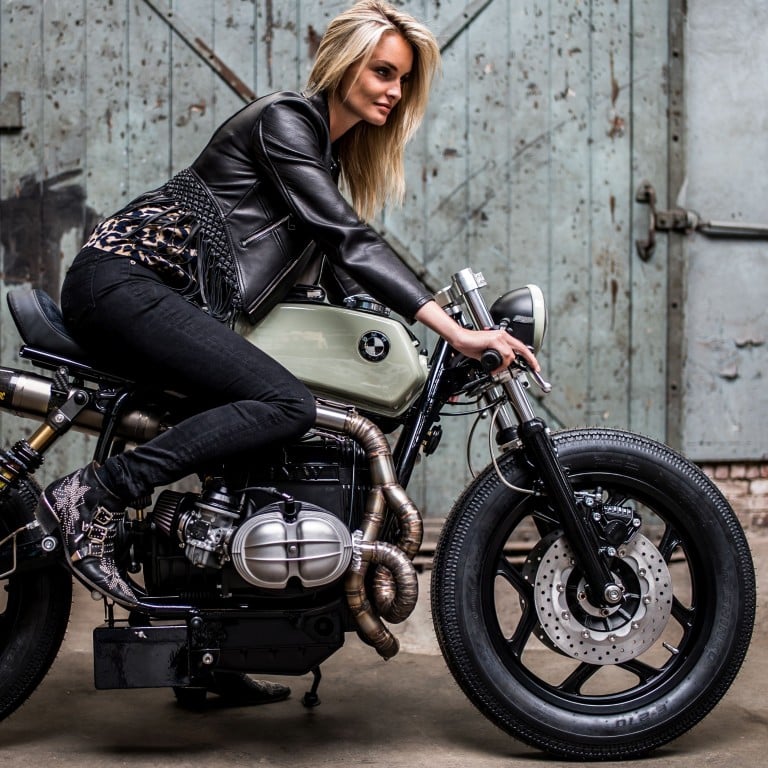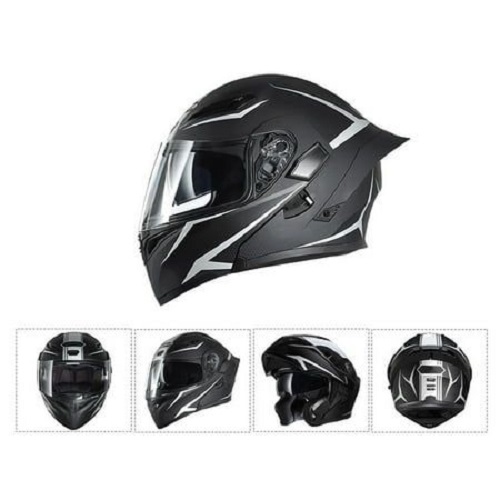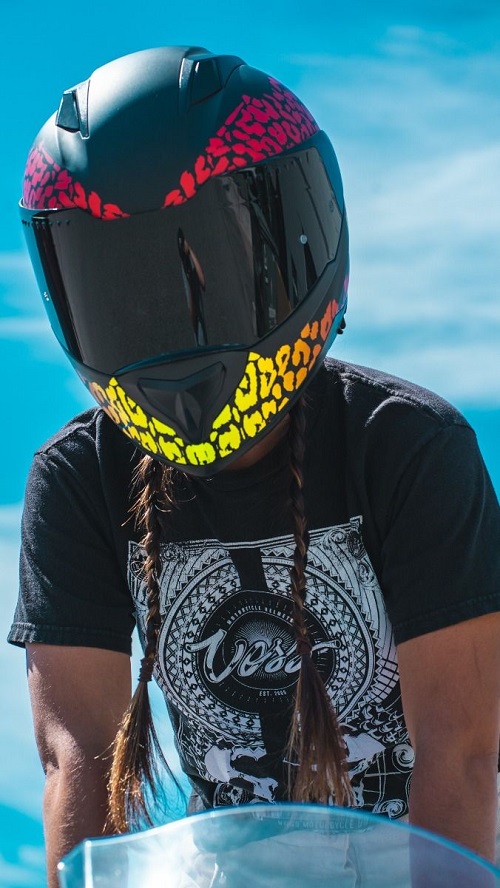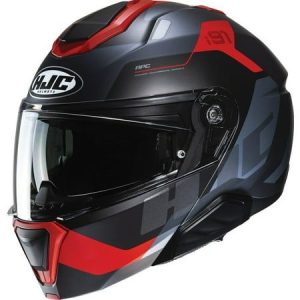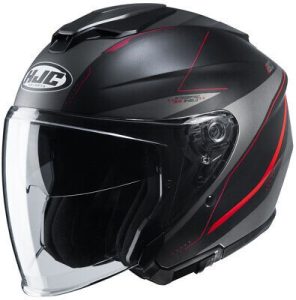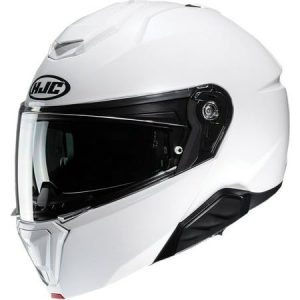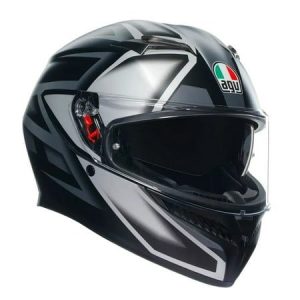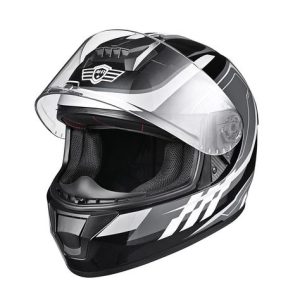Aug 1, 2024
How do I know what chain to buy for my motorcycle?
Your motorcycle’s chain is a critical component, transferring power from the engine to the rear wheel. A well-maintained chain ensures smooth acceleration, efficient power delivery, and a safe riding experience. However, with a variety of chain types and sizes available, selecting the right one can be daunting. How do I know what chain to buy for my motorcycle? This guide will equip you with the knowledge needed to make an informed decision and keep your motorcycle running smoothly.
Understanding Motorcycle Chains
Before diving into specifics, it’s important to understand the basic components of a motorcycle chain:
- Links: These interlocking pieces form the chain’s structure.
- Pins: Cylindrical components connecting the links.
- Rollers: Cylindrical components that engage with the sprockets.
- Plates: Side plates hold the pins and rollers together.
Types of Motorcycle Chains
- Standard Roller Chain: The most basic type, suitable for low-power motorcycles and scooters.
- O-Ring Chain: Features O-rings between the plates to retain lubrication and reduce friction.
- X-Ring Chain: Similar to O-ring chains, but with X-shaped rings for improved sealing and durability.
- Z-Ring Chain: A newer design with Z-shaped rings, offering even better sealing than X-ring chains.
Decoding Chain Sizes
Motorcycle chains are identified by a series of numbers, typically in the format “520,” “525,” or “530.” These numbers represent:
- Pitch: The distance between the centers of two adjacent pins.
- Width: The inner width of the roller.
- Tensile Strength: The maximum load the chain can withstand before breaking.
Higher numbers generally indicate a stronger, heavier-duty chain.
Matching the Chain to Your Motorcycle
To select the right chain, you’ll need to consider several factors:
Motorcycle Model
Your motorcycle’s owner’s manual will specify the recommended chain size and type.
Engine Displacement
Larger engines require stronger chains to handle the increased power.
Riding Style
Aggressive riding styles may necessitate a more durable chain.
Budget
Chain prices vary depending on type and brand.
The most reliable source for determining the correct chain size is your motorcycle’s owner’s manual. It will provide the exact specifications you need.
Numerous online tools and resources can help you identify the correct chain based on your motorcycle’s make, model, and year.
Chain Length: Getting the Right Fit
In addition to chain size, you’ll need to determine the correct length. This depends on the number of teeth on your sprockets and the distance between them.
Counting Links
One way to measure chain length is to count the number of links on your old chain.
Using a Chain Length Calculator
Online calculators can help you determine the correct length based on your sprocket sizes and swingarm length.

Additional Considerations
- Brand Reputation: Choose a reputable brand known for producing high-quality chains.
- Maintenance: Regular cleaning and lubrication are essential for maximizing chain life.
- Professional Installation: If you’re not comfortable installing a chain yourself, have a qualified mechanic do it for you.
Choosing the right chain for your motorcycle is crucial for optimal performance, safety, and longevity. By understanding the different types of chains, decoding chain sizes, and considering your motorcycle’s specific needs, you can make an informed decision and ensure your ride is always in top condition.
Chain Wear and Replacement
Understanding chain wear and knowing when to replace your chain is vital for safety and performance. Here are some signs your chain needs attention:
- Tight Spots: If you feel tight spots when rotating the rear wheel with the motorcycle on a stand, it indicates uneven chain wear.
- Excessive Slack: Too much slack in the chain can lead to derailment or premature wear. Consult your owner’s manual for proper slack adjustment.
- Rust or Corrosion: Rust and corrosion weaken the chain and can lead to failure.
- Stiff Links: Stiff links that don’t move freely indicate worn-out pins and bushings.
Use a chain wear tool to accurately measure chain elongation. If the elongation exceeds the manufacturer’s recommended limit, it’s time for a new chain.
Chain Maintenance: Extending Lifespan
Proper chain maintenance is essential for maximizing its lifespan and performance. Here are some key steps:
- Regular Cleaning: Clean your chain regularly with a dedicated chain cleaner or kerosene to remove dirt, grime, and old lubricant.
- Lubrication: Apply a high-quality chain lubricant after cleaning to reduce friction and protect against wear.
- Adjusting Slack: Check and adjust chain slack according to your owner’s manual recommendations.
- Inspecting for Damage: Regularly inspect the chain for any signs of damage, such as cracked or worn-out links, and replace them promptly.
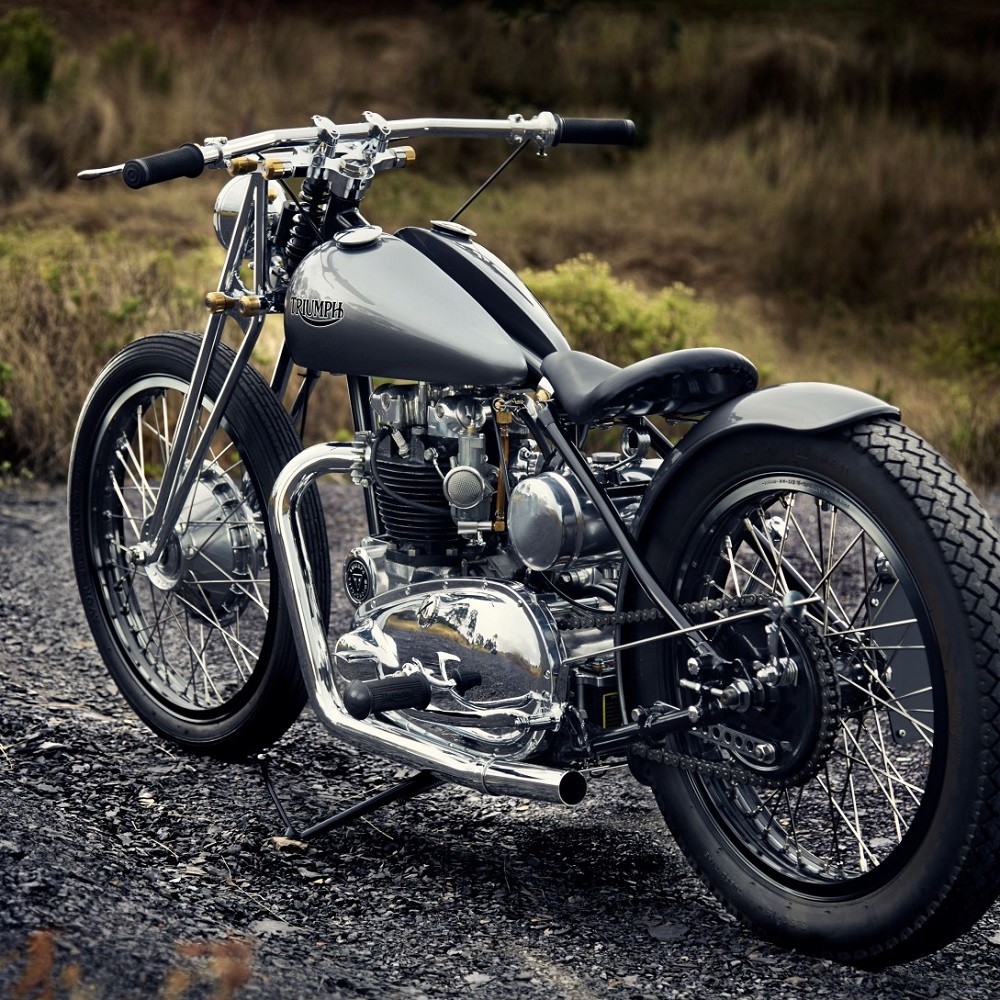
Chain Cleaning Tips
Use a soft brush and avoid harsh chemicals that can damage the O-rings or X-rings. Clean the chain when it’s warm, as the lubricant will be more fluid and easier to remove.
When installing a new chain, you’ll need to connect the ends. You have two options:
- Master Link (Clip-Type): Easier to install and remove, but may require more frequent checks for security.
- Rivet Link: More permanent and secure, but requires special tools for installation.
Choose the option that best suits your comfort level and maintenance preferences.
Safety First: Prioritize Chain Maintenance
A worn-out or damaged chain can snap while riding, leading to loss of control and potentially serious accidents. Prioritize regular chain maintenance to ensure your safety and the longevity of your motorcycle.
Choosing the right chain and maintaining it properly are essential aspects of motorcycle ownership. By following this guide, you’ll be well-equipped to select a chain that matches your bike and riding style, ensuring optimal performance, safety, and enjoyment on the open road. Remember, a well-maintained chain is a happy chain, and a happy chain means a happy rider.
Additional Tips:
- Consider upgrading to a higher-quality chain if you frequently ride in harsh conditions or engage in aggressive riding.
- Replace your sprockets along with your chain for optimal performance.
Safety Tips for Chain Maintenance
- Wear Gloves: Protect your hands from grime and potential injuries.
- Secure the Motorcycle: Ensure your motorcycle is stable on a stand or lift before working on the chain.
- Follow Instructions: Consult your owner’s manual for specific instructions on chain maintenance and adjustment.
- Safety Gear: Always wear appropriate safety gear, including gloves and eye protection.
Upgrading Your Chain: Performance and Longevity
While your motorcycle’s manual provides the standard chain recommendation, you might consider upgrading for several reasons:
- Performance: Higher-quality chains with O-rings or X-rings offer smoother operation, reduced friction, and improved power transfer.
- Longevity: Upgraded chains typically last longer, requiring less frequent replacement.
- Reduced Maintenance: Sealed chains retain lubrication better, reducing the need for frequent cleaning and lubrication.
- Aesthetics: Some riders prefer the look of gold or colored chains for a personalized touch.
Chain Replacement: DIY or Professional?
Replacing a motorcycle chain can be a DIY project for those with mechanical skills and the right tools.
However, if you’re not confident in your abilities, it’s best to have a qualified mechanic handle the job. Improper installation can lead to safety hazards and costly repairs.
Tools for Chain Replacement
If you choose to replace the chain yourself, you’ll need the following tools:
- Chain breaker or chain tool
- Chain press tool (if using a rivet link)
- Torque wrench
- Socket set
- Chain lubricant
Conclusion
By understanding the intricacies of motorcycle chains and following proper maintenance procedures, you can ensure a safe, enjoyable, and efficient riding experience. Whether you choose a standard chain or opt for an upgrade, remember that regular cleaning, lubrication, and adjustment are key to maximizing the lifespan and performance of this vital component. Your motorcycle will thank you for the care and attention, and you’ll be rewarded with miles of smooth, worry-free riding.
